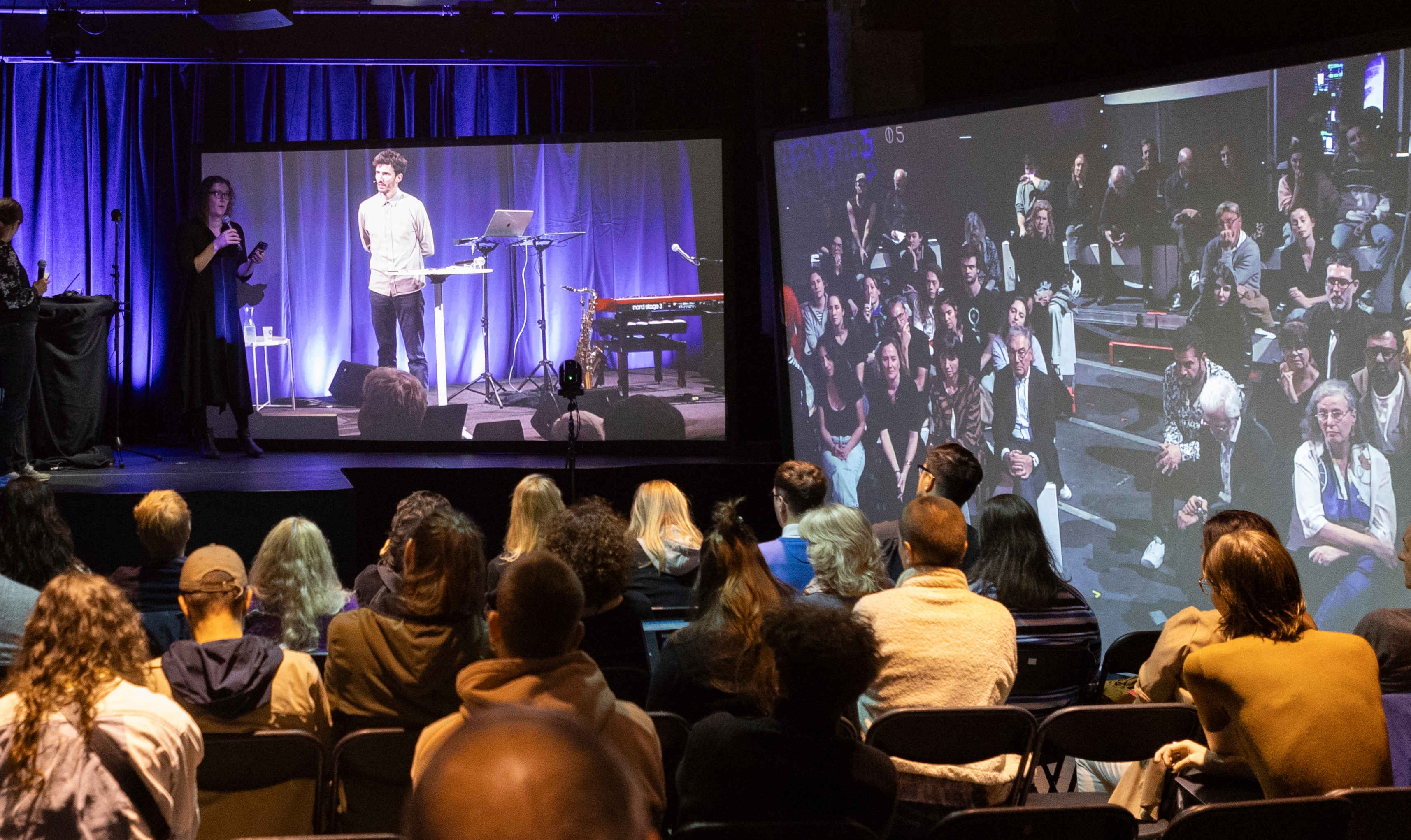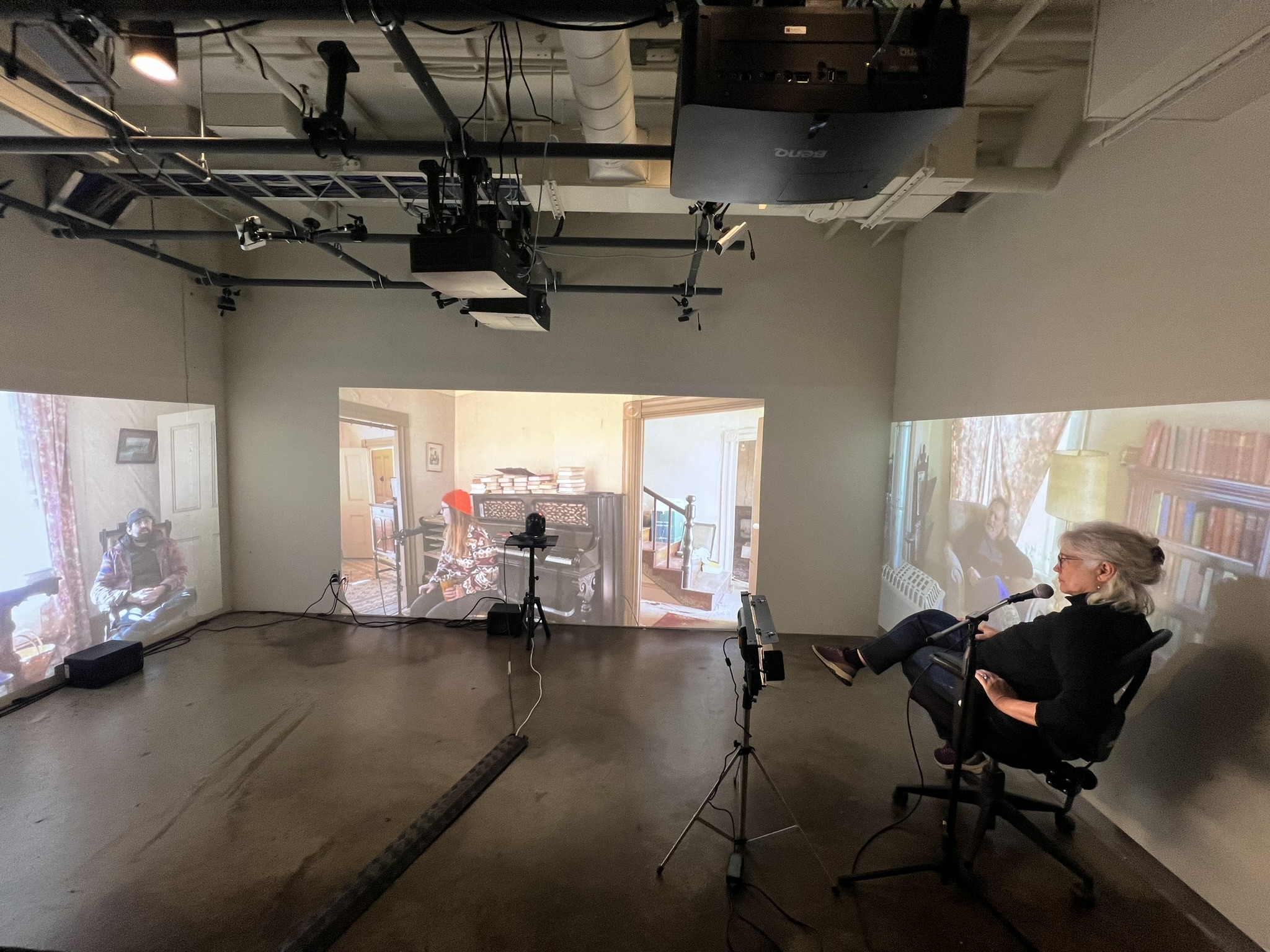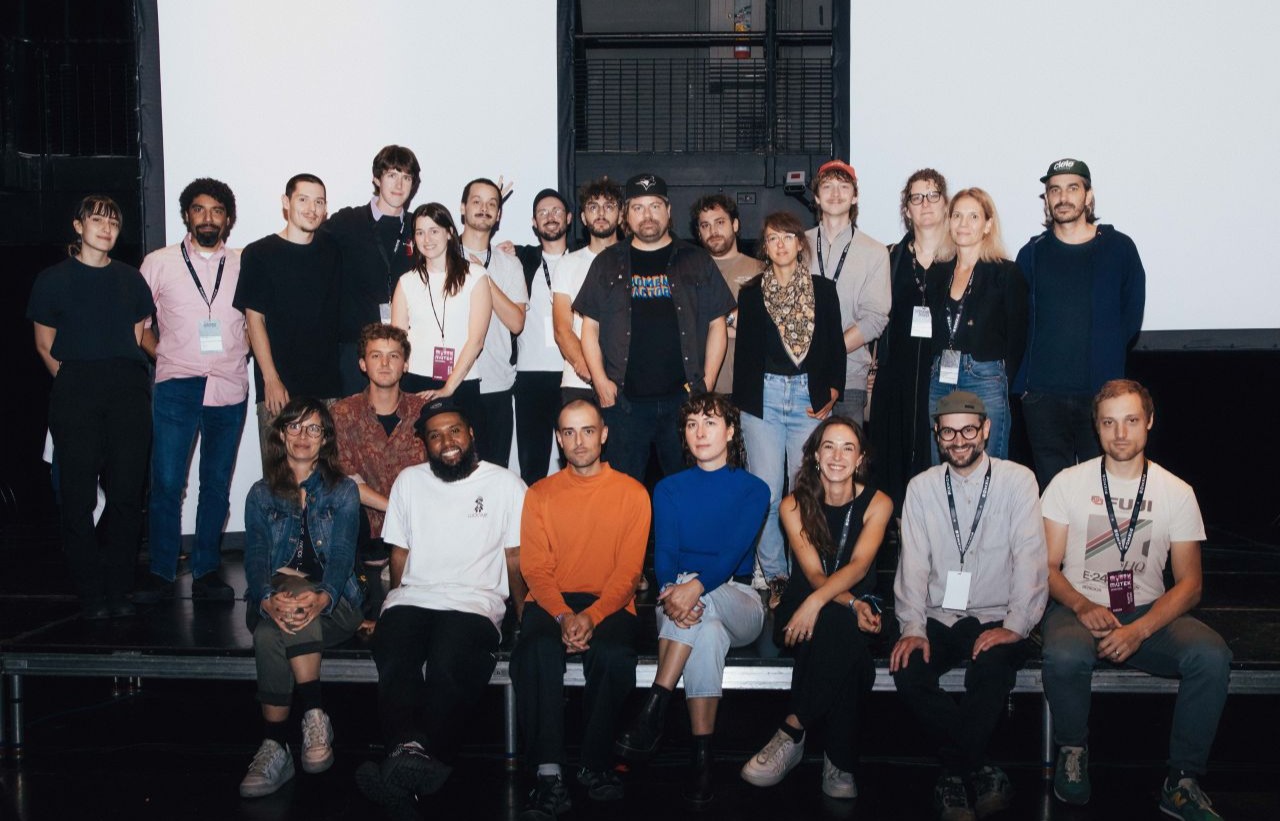La téléprésence Scenic
Scenic est un outil de collaboration audiovisuelle en téléprésence qui permet aux artistes et aux diffuseurs de créer des spectacles, des expériences immersives, des conférences ou des activités éducatives en plusieurs lieux simultanément. Solution audiovisuelle de captation et de transmission, Scenic réunit des participants situés dans différents lieux connectés.
En savoir plusLa téléprésence repose sur la transmission audiovisuelle en temps réel. La station Scenic permet de connecter des équipements standards tels que des projecteurs, écrans, micros, haut-parleurs et consoles pour capter et diffuser des flux audiovisuels afin de créer des scénographies sur mesure.
En savoir plus
Un réseau de lieux connectés
Avec son réseau de lieux connectés, Scenic rapproche les artistes et diffuseurs qui souhaitent réinventer les arts de la scène et la médiation culturelle à l’ère du numérique.
En savoir plus
Scenic, une solution complète pour vos projets en téléprésence
La station
L’application
L’application Scenic est une solution flexible et intuitive pour la transmission de flux audiovisuels en temps réel.
La station Scenic est une console physique équipée d’une multitude d’entrées et sorties audiovisuelles.
Projets en téléprésence

Algorythmes : une conférence en téléprésence sur l’IA connectant Toulouse et Montréal !
18/11/24
Le 29 octobre, la SAT (Montréal) et le Quai des Savoirs (Toulouse) ont organisé "Algorythmes", un événement sur l'IA dans la musique. La téléprésence a permis de connecter experts et publics des deux côtés de l'Atlantique.

Une expérience immersive entre Port-Daniel et Montréal !
31/10/24
Un projet novateur de Marie-Hélène Cousineau pour valoriser une maison ancestrale !

Deux démonstrations de performances hybrides pendant de Forum MUTEK
21/08/24
Dans le cadre du Symposium iX, intégré à la programmation de MUTEK Forum, la Société des arts technologiques (SAT) et Moment Factory ont présenté un atelier “Espaces connectés : Explorer le futur des performances collaboratives”